Koinz
The accepted currency of all countries within the Melopian Commonwealth.
Overview
Koinz ⊚ are the common currency used throughout the countries of the Melopian Commonwealth - they are counted in hexadecimal (base-16) and use rréraliázi, the common language broadly spoken across the Orubian and Melopian continents. There are four different tiers, each with four denominations (for a total of 16 unique koinz).These are:
- Kountz (k) - the smallest value of koinz. They're made of bronze and look like a slightly browner version of copper currencies, and they're used for cheap commodities.
- Shulls (s) - made of nickel silver (an alloy) which makes them look shiny and silvery in appearance (despite containing no elemental silver). They're the most commonly used koin for daily life.
- Grots (g) - a valuable koin made of brass that looks near-gold in colour but can look very dull if it has changed many hands.
- Juls (j) - are made of gold, and are the shiniest of them all. They are finely detailed with many security features to prevent counterfeiting and are used in high value purchases.
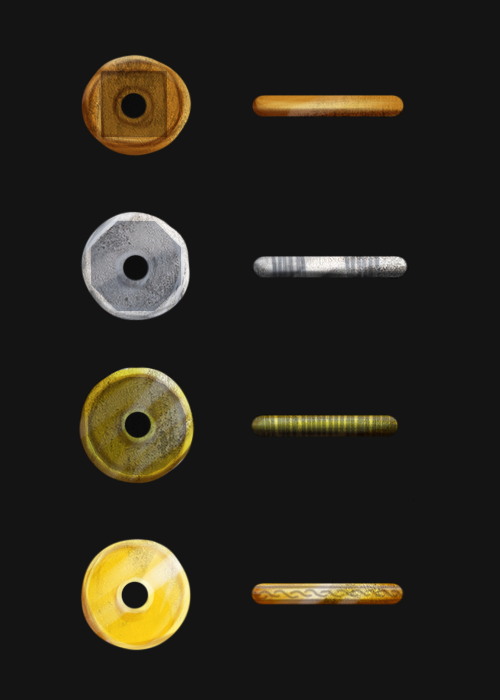
Shapes
Koinz are recognisable by their signature hole in the middle of each coin which is used for methods of storing, stacking, and counting by threading them onto a cord, stick, or metal rod. Each coin is circular in shape but with distinctive designs that act as an accessibility feature for blind and visually impaired folk so that they can identify coins by touch - it doubles up as a security measures against coin clipping.Rims & Edges
Kountz have a smooth edgeand an internal shape with four sides.
Shulls have a partially reeded edge
and an internal shape with eight sides.
Grots have a fully reeded edge
and an internal shape with sixteen sides.
Juls have a decorated pattern edge
and no inset shape.
Designs
The value side of the coin has the number and symbol of the denomination, and the reverse side has a design that changes periodically when new countries join the commonwealth. Each member of the commonwealth gets their own design added to the circulation, with the rule that the motif must not feature any folk portraits, or folk-made things (so that it cannot be offensive to any cultures or have any political attachment). Common designs include national flowers, birds or fauna local to a specific country.Name Origin
The name "koinz" was coined during the development of Rréraliázi, the common language. It was purposely chosen to sound as similar as possible across many languages as the word used for "coins" or "money" and is a literal translation. The reason behind this was to dissociate a country of origin for the currency with the aim of making it a global standard - the confusion of translations blurs the line and helps make it standard, much the same way as certain brand names have become the known word for a common item. Due to this choice of sound vs spelling, "koinz" are sometimes written as "coins". Shulls evolved from the old word "shilling", an ancient coinage no longer in circulation. Grots and juls were inherited from the previous coinage system in the country of Kweil, the heartland of the Melopian Commonwealth. Kounts are new, and are named as a tool used for basic counting and numeracy.Symbols
The currency symbol for Koinz is a tiny circle within another circle: ⊚ , and this literal representation of the physical coins themselves makes it instantly recognisable even to folks who don't speak the common language. The symbols of denominations come from Rréraliázi characters for "k", "sh", "g", and "j", marking the first character of each coin name.|
Kount koin symbol by TJ Trewin |
Shull koin symbol by TJ Trewin |
Grot koin symbol by TJ Trewin |
Jul koin symbol by TJ Trewin |
|
|---|---|---|---|---|
| Denomination Name | Kounts (k) |
Shulls (s) |
Grots (g) |
Juls (j) |
| Material | Bronze  by TJ Trewin |
Nickel Silver  by TJ Trewin |
Brass  by TJ Trewin |
Gold  by TJ Trewin |
| Kount | 1 | |||
| Dasit kount | 2 | |||
| Satrut kount | 4 | |||
| Tantrut kount | 8 | |||
| Shull | (16) | 1 | ||
| Dasit shull | 2 | |||
| Satrut shull | 4 | |||
| Tantrut shull | 8 | |||
| Grot | (16) | 1 | ||
| Dasit grot | 2 | |||
| Satrut grot | 4 | |||
| Tantrut grot | 8 | |||
| Jul | (16) | 1 | ||
| Dasit jul | 2 | |||
| Satrut jul | 4 | |||
| Tantrut jul | 8 |
Translations
Dasit - two (inanimate objects)Satrut - four (inanimate objects)
Tantrut - eight (inanimate objects) Sometimes the final 't' is dropped in pronunciation of koins, leading many folk to call them dasi-kount, satru-kount, and tantru-kount.
History
The countries of Kweil, Nil, and Meretel all previously used the currency of their neighbour, the Sheil Shilling. The coins used higher value metals for lower denominations and were poorly designed and manufactured, leading to a surge of easy counterfeit coins flooding the circulation and legitimate shillings having shaved edges to melt the metals down for profit. The introduction of koinz came at an ideal time during the founding of the Melopian Commonwealth, and old coins could be exchanged at a highly appealing rate in order to replace older currencies. Some countries are still in a transitional stage of swapping over to koinz, but the earliest members of the commonwealth no longer use their previously native currency any more. The benefits of using koinz are numerous, but most appealing are that it's a higher quality coin, pretty much counterfeit-proof, and folks can trade with anyone regardless of what port they sailed from.Usage & Exchange
Koinz can be used freely and without question in any countries of the Melopian Commonwealth. Newly joining countries are offered an impressive exchange rate during the first four years and while they're not forced to abandon their native currency, many enjoy the benefits of adapting to the koinz system that they stick with it and phase out their old money. Capital city banks are large enough to provide notes of exchange for large sums of money travelling over long distances, especially by ship. These paper slips are only accepted by supporting banks and are very complex in their security measures. Exchange rates for countries within the The Jolundrian Empire are weighted heavily to make imperial currencies completely undesirable, and trying to spend your imperial coins on commonwealth soil will put you under local surveillance and get you in many fights.⊚
Date of Circulation
Dalkaz 2nd Talagar 212 1A - formalising the founding of the Melopian Commonwealth
Magnetic
None
Value
Koinz do not have any use value (in comparison to food, tool, or commodity currencies), and aside from the golden juls they have no intrinsic (melt) value. Because of this, juls are rare and are only used in large scale purchases. Sometimes juls are offered as lucrative bounties for high risk criminals or exterminations of dangerous riftbeasts.| Typical Prices | |
|---|---|
| Road / gate toll | 8k |
| Eggs, 16 | 1s |
| Bread, loaf | 1s |
| Messenger | 1s / mile |
| Milk, bottle | 1s 8k |
| Ale, mug | 2s |
| Cheese, wedge | 5s |
| Room at a modest inn | 1g 9s / day |
| Ship passage | 5s / mile |
Counting Coins
The different denominations of koinz are used in schools and families to teach counting, trading, and basic mathematics, and is how the smallest coin value got its name: "kountz" as they are used to learn counting. It's very easy to visualise numbers using koinz because each one has a distinct shape and colour. The language used on the coins is rréraliázi (the common language), and its hexadecimal number system is used to count koinz and their denominations.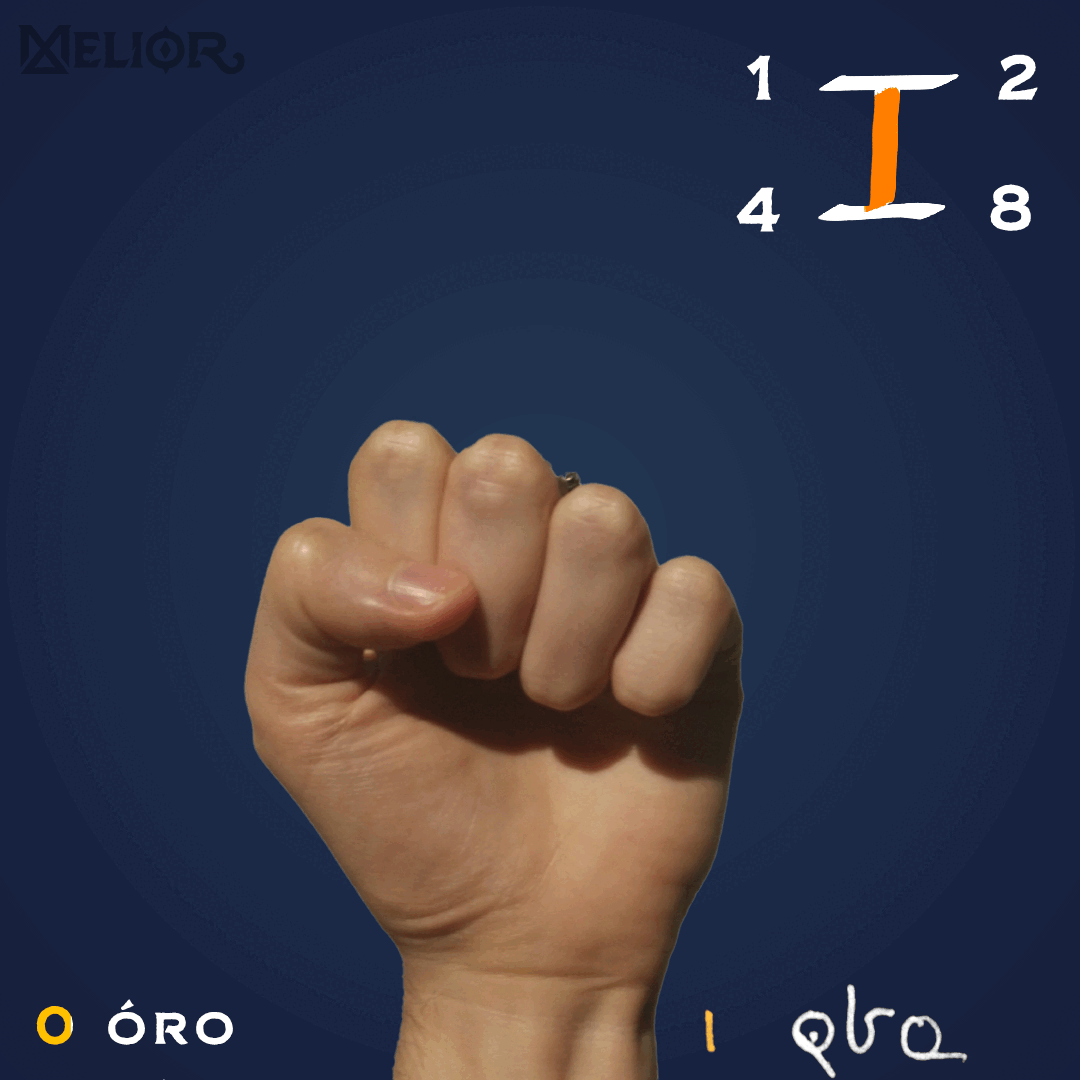

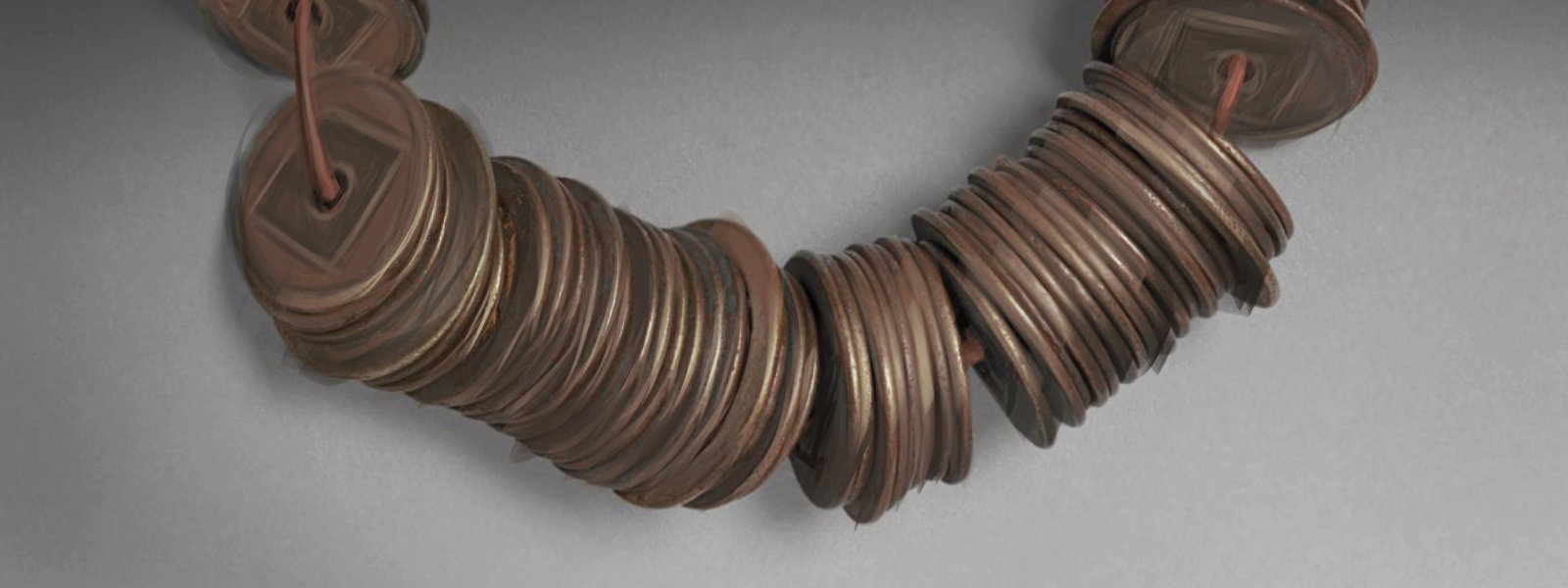



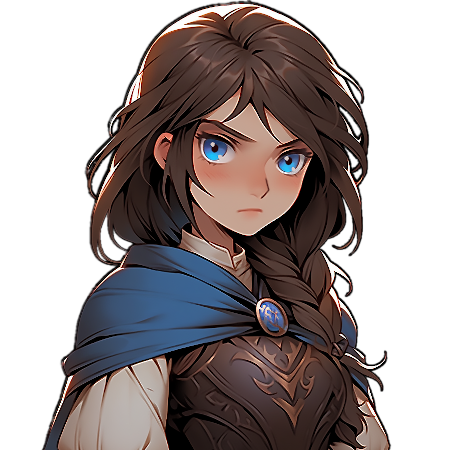


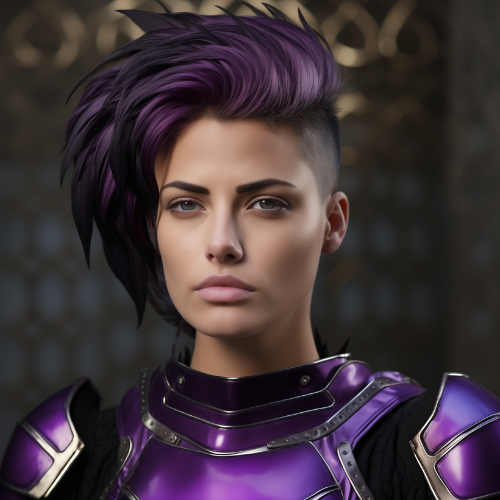

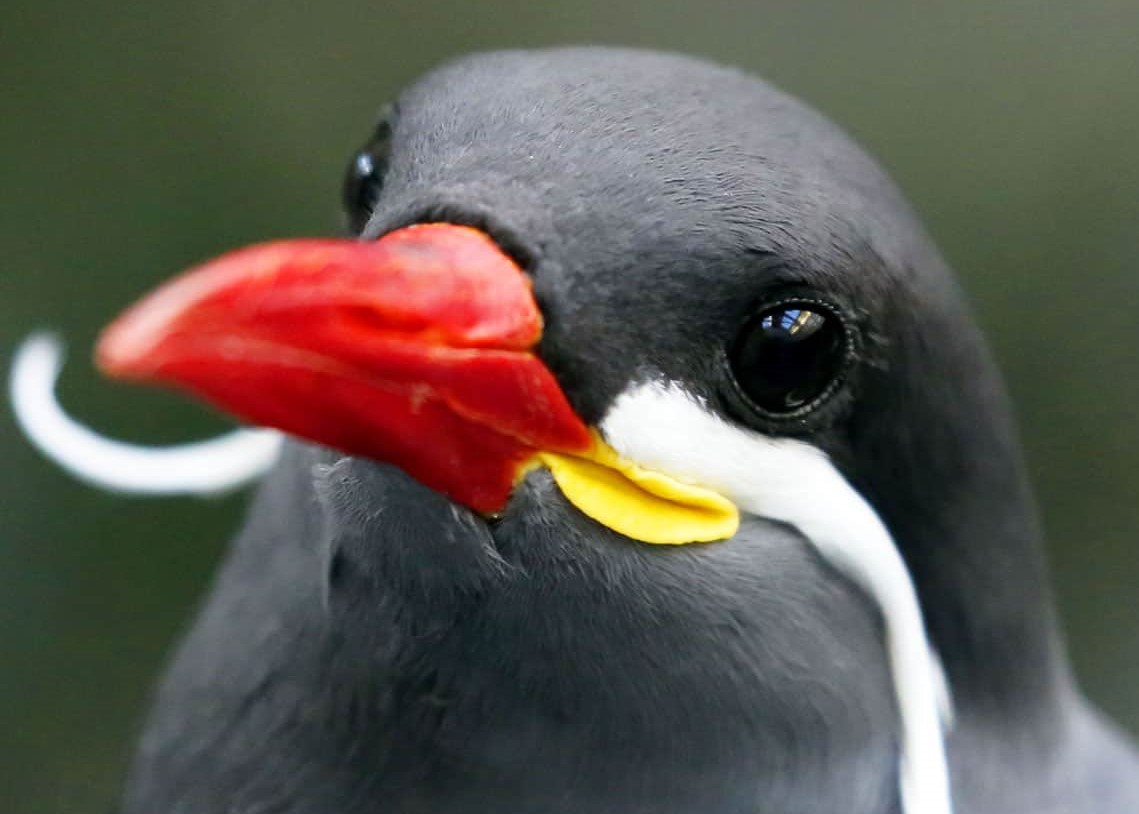
"Due to this choice of sound vs spelling, "koinz" are sometimes written as "coins"" AKA when the auhor forgets? :P You did a fantastic job in creating and blending the common language, numeric system, calendar and coinage. Gold standard for universal (or attempts to) system in fantasy worlds, at least for me.
Thanks so much! :D